
|
|
|
|
|
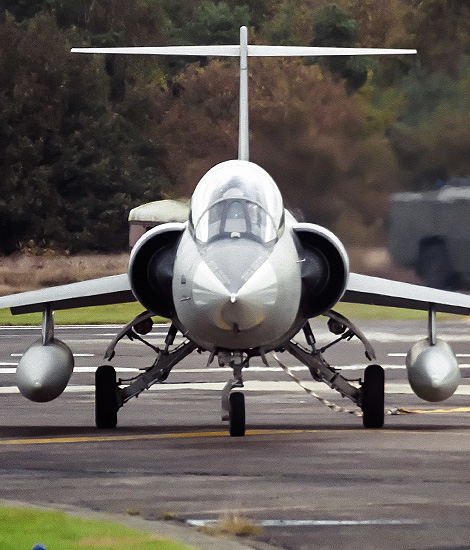
|
The Development of the F-14 Tomcat; Kleine-Brogel, October 24, 2000
The Grumman F-14 Tomcat, part 1; Text and Photograph's by Alex van Noye
The Grumman F-14 Tomcat is an American supersonic fighter aircraft operating on board the American aircraft carriers of the United States Navy. with a variable swing wing, the Tomcat is currently the main fighter of the United States Navy. The F-14 Tomcat is currently in the end of his career within the Navy.
The F-14 Tomcat was developed for the Naval Fighter Experimental (VFX) program of the United States Navy after the failure of the F-111B project. The F-14 was the first US fighter of the famous 10 series. The aircraft was designed to take on the MiGs during the Vietnam War. The F-14 flew for the first time in December 1970, and made its first operational voyage with the US Navy aboard the USS Enterprise (CVN-65) in 1974. The F-14 Tomcat would replace the McDonnell Douglas F-4 Phantom II at the Navy. The F-14 served as the main interceptor and air defense fighter of the fleet in the nineties. The aircraft had to protect the fleet against enemy aircraft and had to do tactical air reconnaissance. The story of the F-14 Tomcat begins in the late 1950s, when the US Navy was looking for a long distance, high-endurance interceptor to defend its carrier battle groups against long-range anti-ship missiles and enemy bombers. These rockets could be launched from the bombers and submarines of the Soviet Union. The US Navy needed a Fleet Air Defense (FAD) fighter with a powerful radar and long range missiles. The F-4 Phantom II which was used to intercept both enemy bombers and missiles did not meet this requirement anymore. The Navy was commissioned to participate in the Tactical Fighter Experimental (TFX) program with the US Air Force. The US government wanted joint solutions to reduce the development costs of a new fighter plane.
The navy fiercely opposed the TFX because it feared compromises necessary for the necessity of the Air Force. The navy wanted to go for the F-111B, but this project was plagued by weight problems and underperformance. The manufacturer of the F-111 General Dynamics worked together with Grumman on the Navy F-111B. With the F-111B program in distress, Grumman began to study improvements and alternatives. In 1966, the Navy awarded Grumman a contract for the study of the feasibility of a new advanced fighter plane. Grumman came up with a design which was designated by the
|
|
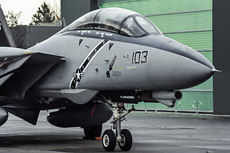
|
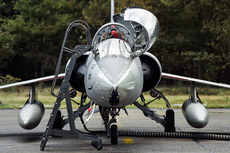
|
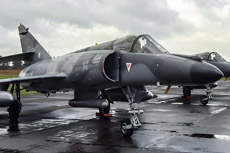
|
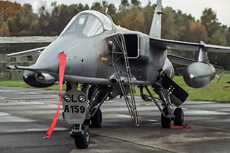
|
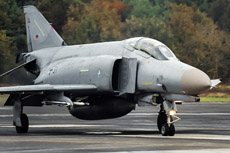
|
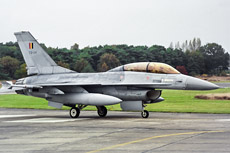
|
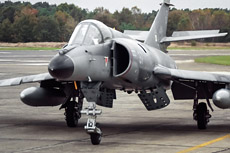
|
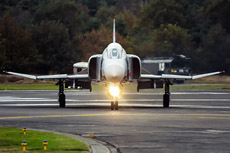
|
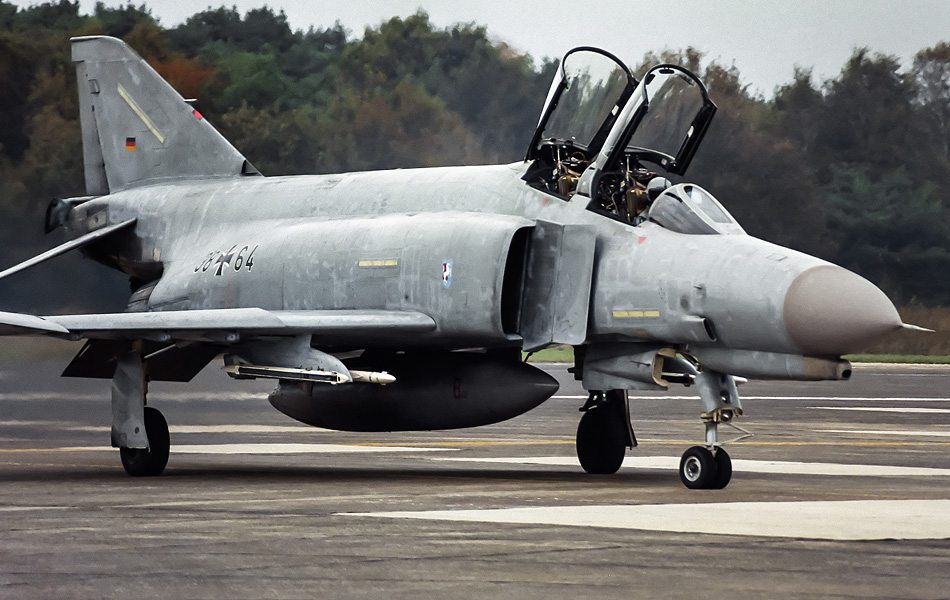
|
manufacturer as the 303 design. Vice admiral Thomas F. Connolly was responsible for the further development of the F-111A. He found out that it was difficult to go supersonic with this aircraft. The aircraft also had poor carrier landing characteristics. He testified before the Congress about his concerns about the official position of the Navy. The Congress stopped funding for the F-111B in May 1968. This enabled the Navy to provide an answer tailored to its requirements. The name "Tomcat" was partially chosen to pay tribute to Admiral Connolly. The nickname "Tom's Cat" was already used on a large scale by the manufacturer. The name is also in line with the tradition of Grumman to name its fighter planes after cats. Meanwhile, the navy studied the need for a VFAX (Vessel Fighter Attack Experiment) fighter aircraft.
Grumman continued the 303 design and offered it to the Navy in 1967. This design led to fighter studies by the Navy. The company continued to refine the design until 1968. In July 1968, Naval Air Systems Command (NAVAIR) issued a request for a Naval Fighter Experimental (VFX) program. VFX called for a two-engine air defense fighter with a tandem cockpit and a maximum speed of Mach 2.2. The aircraft should also have a built-in M61 Vulcan cannon and must be able to fulfill a secondary supporting role. The air-to-air missiles of the VFX are either six AIM-54 Phoenix missiles or a combination of six AIM-7 Sparrow missiles and four AIM-9 Sidewinder missiles. Aircraft builders who submitted a design to the Navy for this project were General Dynamics, Grumman, Vought, McDonnell Douglas and North American Rockwell. Grumman's VFX deployment was designed around the TF30 engine, the AWG-9 radar and the AIM-54 missile. This design eventually became the Grumman F-14A Tomcat. McDonnell Douglas and Grumman were chosen as finalists in December 1968 for the program. Grumman was chosen for the mission in January 1969. Grumman's design used the TF30 engines of the F-111B, although the Navy intended to replace them with the Pratt & Whitney F401-400. Although lighter than the F-111B, the Tomcat was still the largest and heaviest American fighter jet that would fly from an aircraft carrier. This was due to the requirement to carry the large AWG-9 radar and AIM-54 Phoenix missiles in combination with an internal fuel load of 7300 kg. These systems were once large, making the aircraft big.
In winning the contract for the F-14, Grumman expanded its plant in Calverton, Long Island near New York for the construction of the aircraft considerably. Many of the initial and operational tests took place on Long Island. In order to save time and prevent interference from Minister McNamara, the Navy skipped the prototype phase and immediately switched to full development of the Tomcat. The Air Force opted for a similar approach with the development of the F-15 Eagle. The F-14A Tomcat flew for the first time on December 21, 1970. This was only 22 months after Grumman received the contract. The program reached the first operational capacity (IOC) in 1973. The Marine Corps of the United States was also initially interested in the F-14 to replace the F-4 Phantom II. The USMC was already ready to send officers to Fighter Squadron One-Twenty-Four (VF-124) to train as instructors. The Marine Corps withdrew from any tender when the development of the ground attack management system was not pursued in the program. An air-to-ground capacity was only developed for the Tomcat in the nineties. Operational tests involved launches against simulated targets of various types such as cruise missiles and high-flying bombers. The AIM-54 Phoenix missile was tested in combination with the F-14 in April 1972. The longest single launch of a Phoenix was successful against a target on a range of 200 km in April 1973. Another unusual test was made on November 22, 1973, when six missiles were simultaneously successfully fired.
|
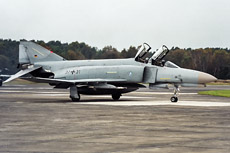
|
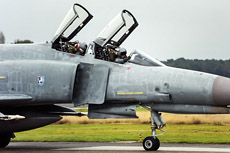
|
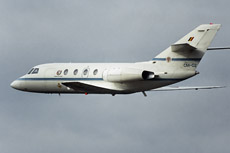
|
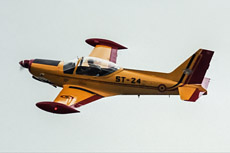
|
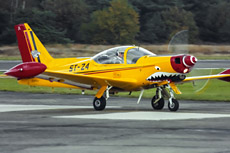
|
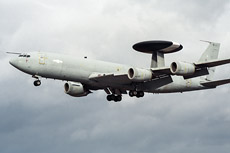
|
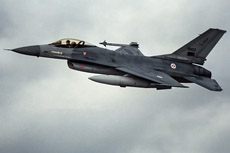
|
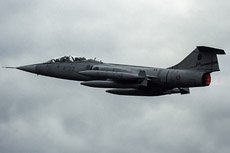
|
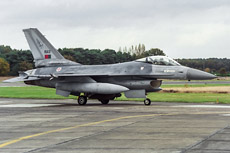
|
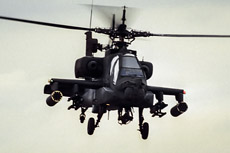
|
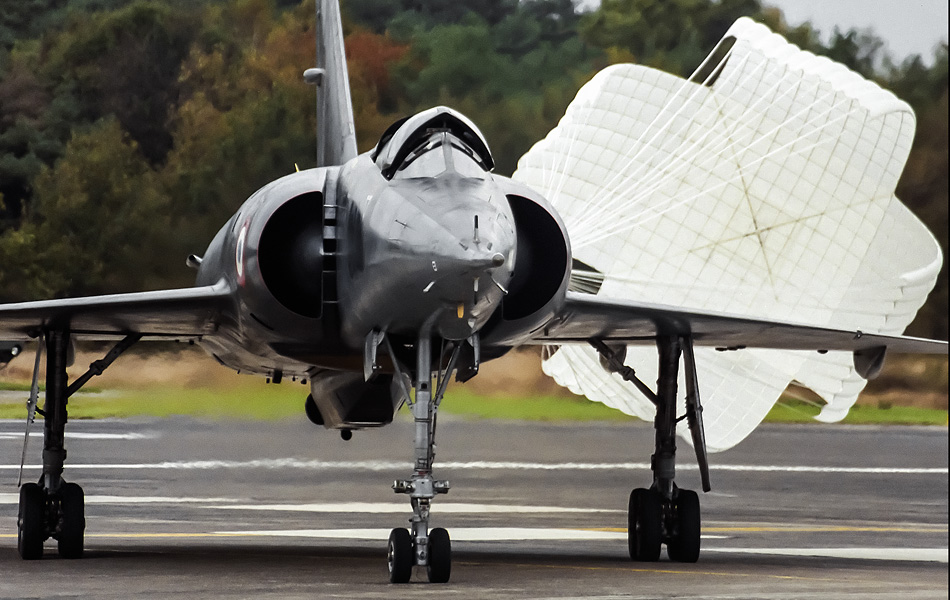
|
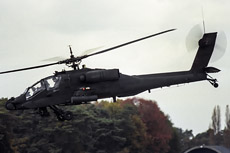
|
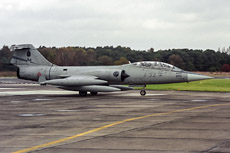
|
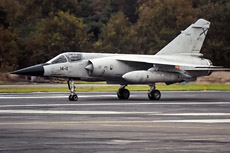
|
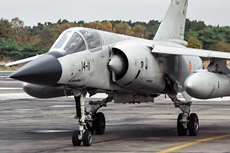
|
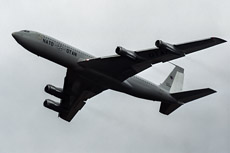
|
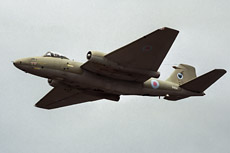
|
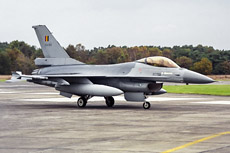
|
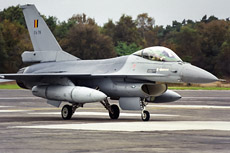
|
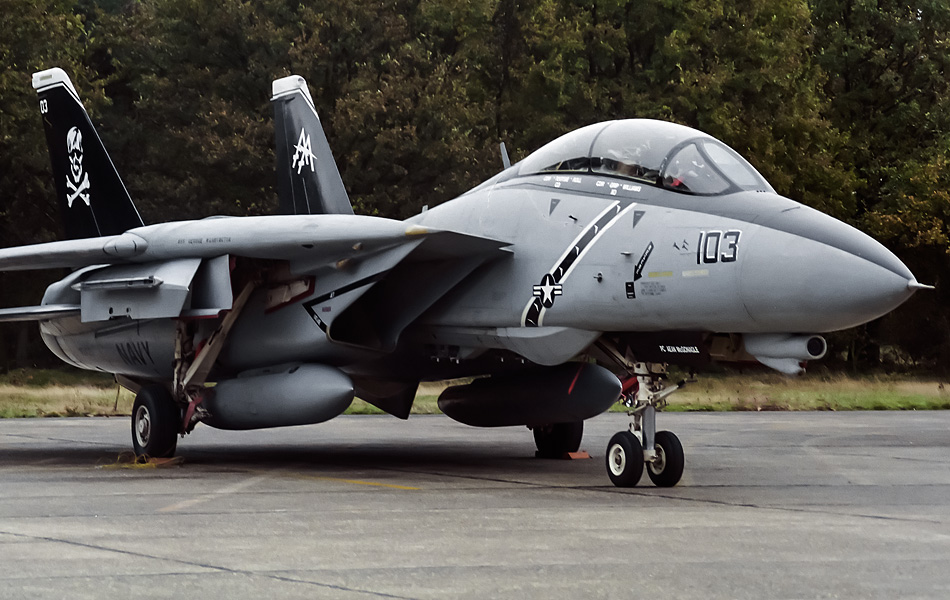
|
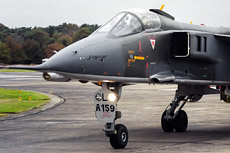
|
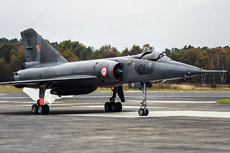
|
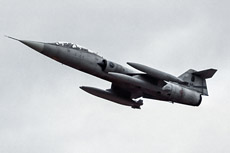
|
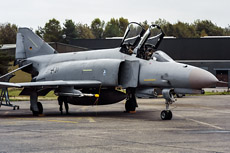
|
|
|

|







